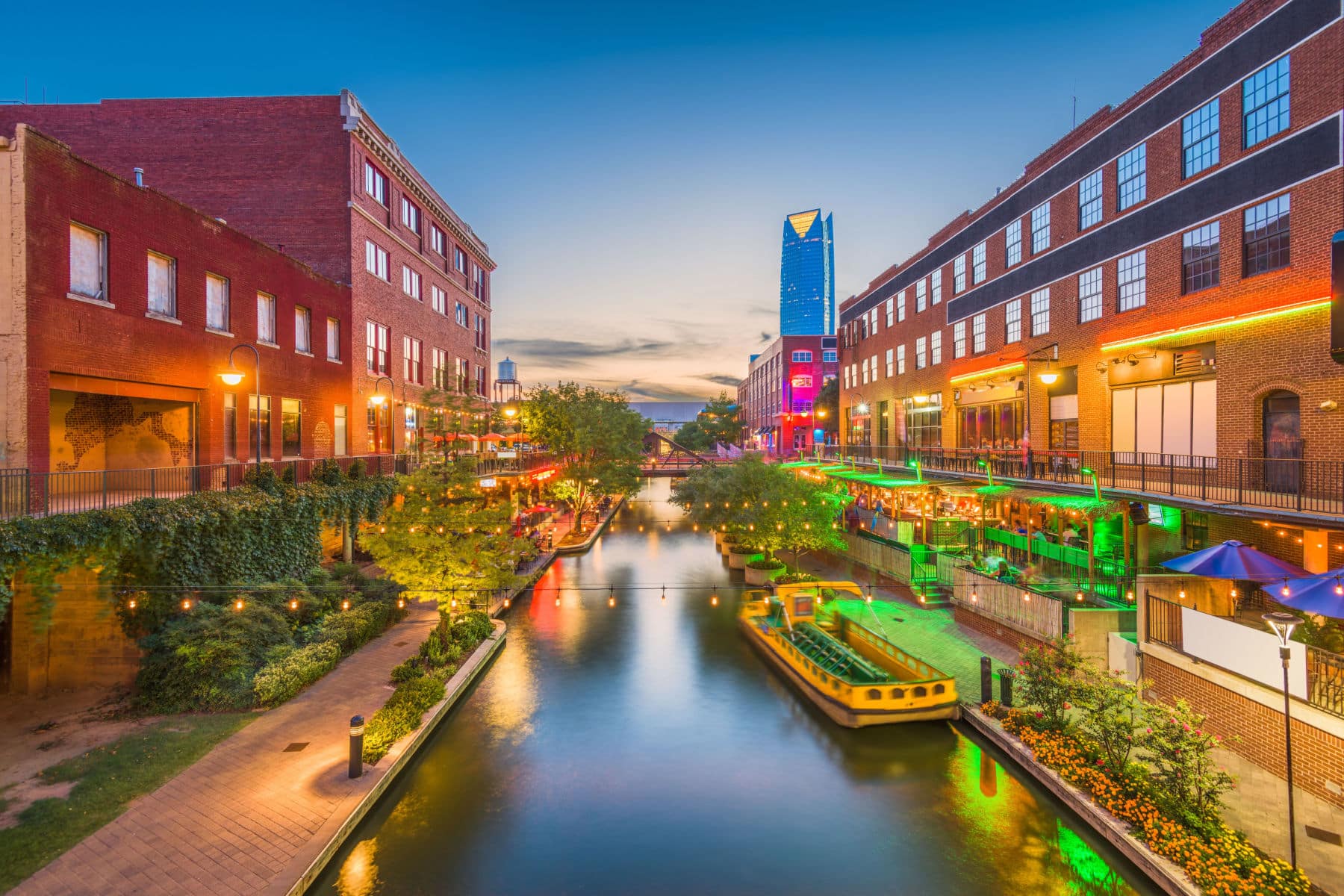
Article Summary: Oklahoma National Parks
Check out the Oklahoma National Parks! We’ve got 7 national park sites for you to see on your next visit to the Sooner State.
And More Than Just Parks is your one-stop-shop when it comes to learning everything you’ll need to know about America’s national parks.
We’ve got expert guides, beautiful photos, helpful tips, breathtaking films and so much more.
I’ve been to so many of these amazing places since retiring from teaching in 2018. Did I mention that I taught history? I spent a lifetime teaching about the history behind these momentous sites. Then I got to see them firsthand. And now I’m sharing the stories of these incredible places with you. It doesn’t get any better than that!
Oklahoma has many national park sites, but it doesn’t actually have any congressionally designated “National Parks.” Nonetheless, there’s a whole host of amazing Oklahoma National Park Service sites to visit.
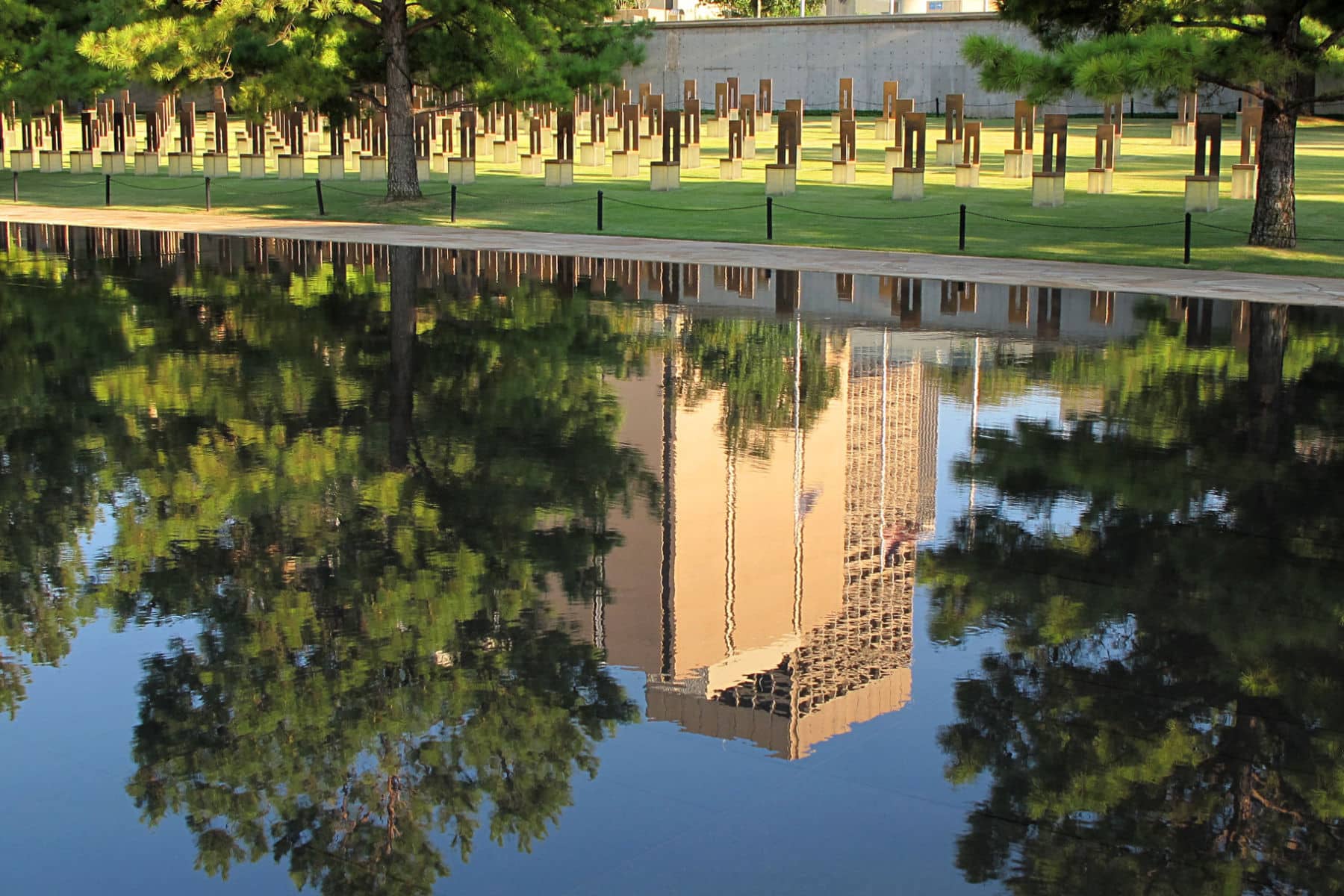
What Is A National Park?
We get asked that question a lot because there’s a difference between a “national park” and a “national park site.” To help you understand that difference you might want to check out our article titled: What Is A National Park Really?
If you’re planning a trip to the Sooner State then one book that I highly recommend is: Greater Than a Tourist- Oklahoma USA: 50 Travel Tips from a Local (Greater Than a Tourist United States) by Collin Hinds.
We’ll give you 7 wonderful reasons why you’ll want to make Oklahoma your next vacation destination.
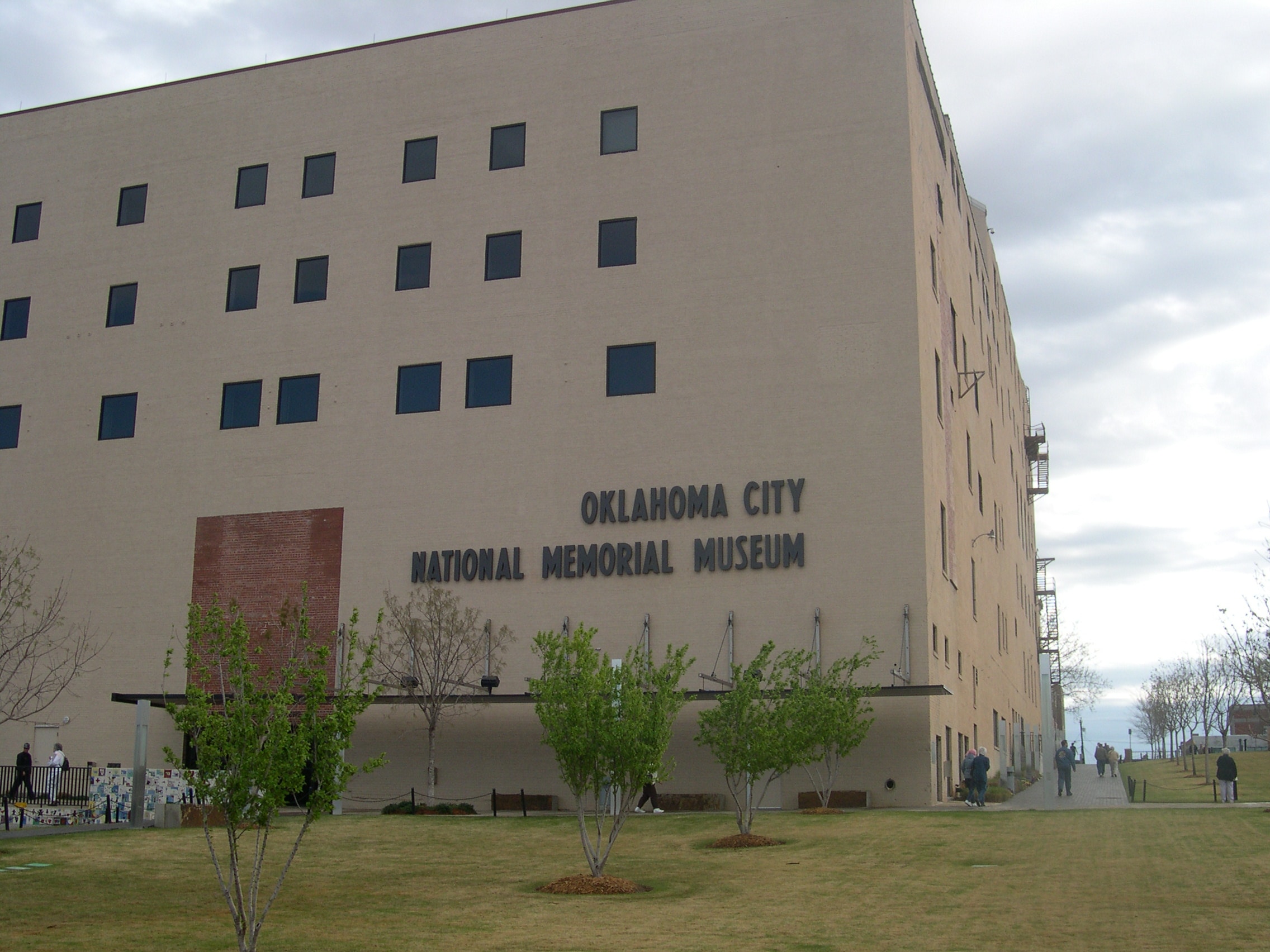
Table Of Contents: Oklahoma National Parks
Oklahoma National Parks
Top 5 Oklahoma National Parks
1. Chickasaw National Recreation Area
Activities: boating, skiing, sailing, fishing, swimming, hiking, camping.
Chickasaw National Recreation Area is a public park located in the state of Oklahoma. It was established in 1902 as the Sulphur Springs Reservation and was later renamed Chickasaw National Recreation Area.
The park covers an area of approximately 9,888 acres and is known for its scenic beauty, recreational opportunities, and historical significance.
The park features numerous natural springs, lakes, and streams, which provide a habitat for a diverse range of wildlife species. Visitors can enjoy outdoor activities such as camping, hiking, fishing, boating, and swimming.
In addition to its natural features, Chickasaw National Recreation Area also has several historical sites, including the Plaza Building, which was built in the early 20th century and is now used as a park museum.
The park also has several picnic areas, campgrounds, and a scenic drive, offering visitors many opportunities to relax and take in the beauty of the surrounding landscape.
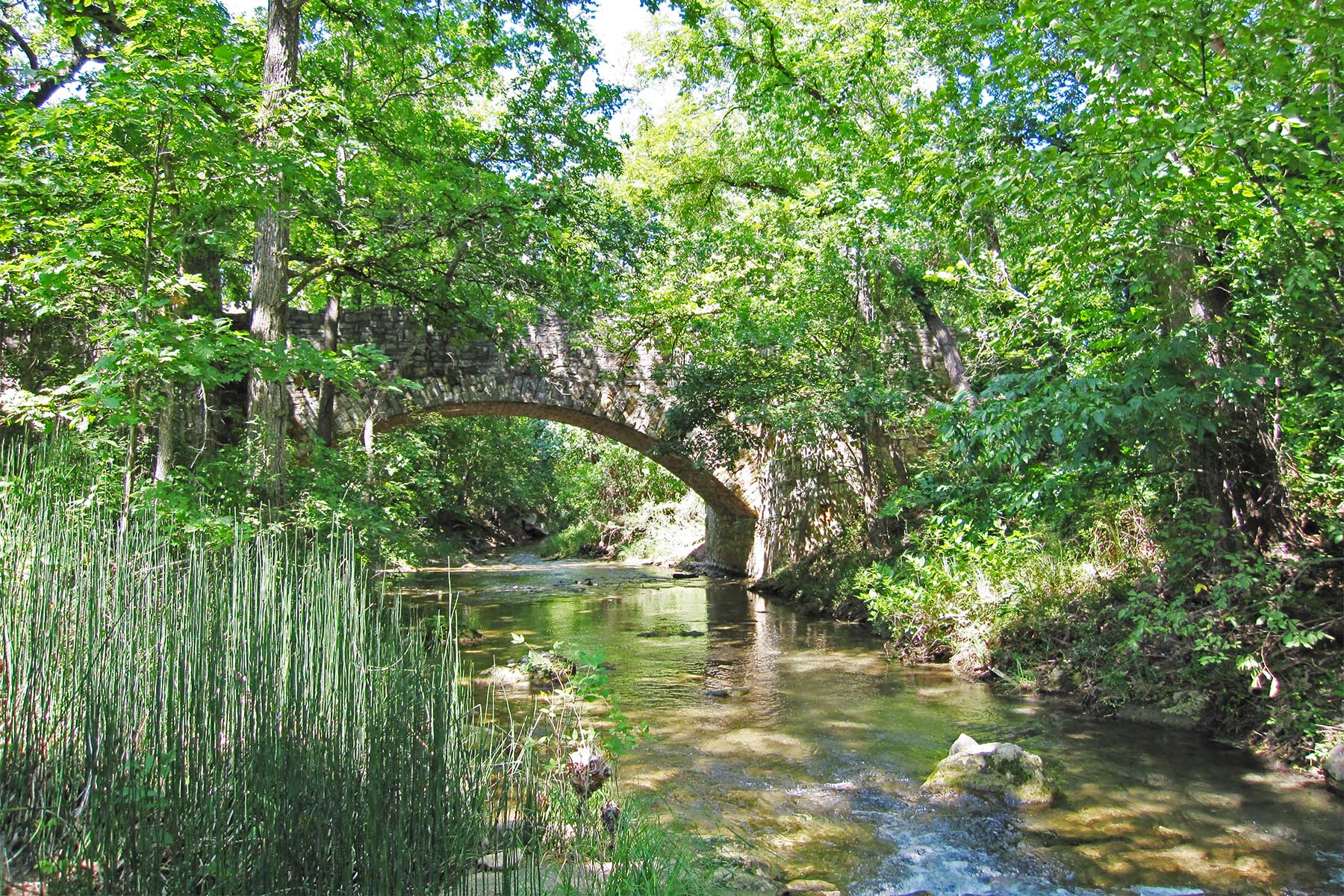
Recreational Opportunities
The park offers a variety of activities for visitors to enjoy, including:
- Swimming: The park has two swimming areas, Veterans Lake and Rock Creek, which are open during the summer months.
- Fishing: The park has several fishing opportunities, including at Veterans Lake and Rock Creek, which are stocked with bass, catfish, and other fish species.
- Hiking and Biking: There are several hiking and biking trails throughout the park, which range in difficulty and offer scenic views of the park’s natural beauty.
- Camping: The park has several campgrounds, including RV and tent camping sites.
- Picnicking: There are several picnic areas throughout the park, with tables and grills provided.
- Wildlife viewing: The park is home to a variety of wildlife, including white-tailed deer, raccoons, and opossums. The park is also home to a large number of birds, including turkey, quail, and many species of ducks.
- Ranger-led programs: The park offers ranger-led programs, such as guided hikes and campfire talks, that provide visitors with an opportunity to learn more about the area’s natural and cultural resources.
- Scenic Drives: The park has several scenic drives through the park that offer visitors the opportunity to see the park’s natural beauty from the comfort of their car.
- Mineral water pools and spas: The park contains several historic mineral water pools and spas that visitors can use and enjoy.
- Nature center: The park has a nature center where visitors can learn about the park’s natural and cultural history through exhibits and interactive displays.
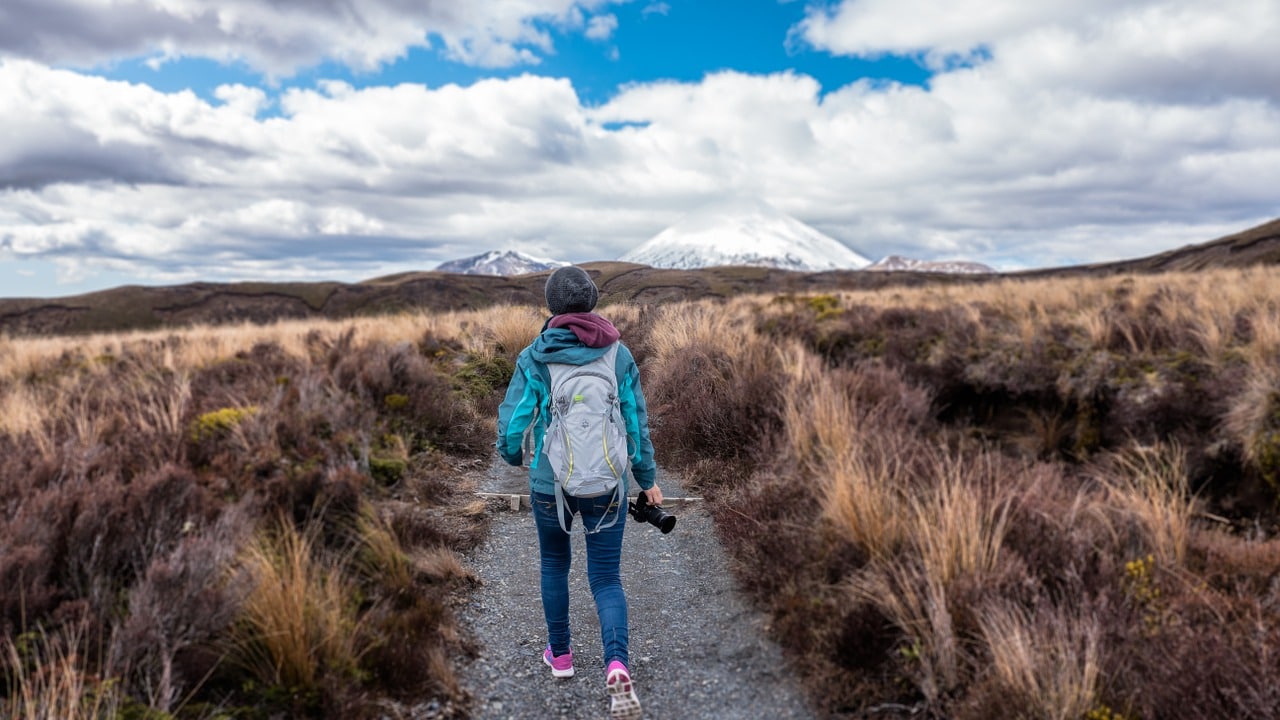
2. Deep Fork National Wildlife Refuge
The next stop on our tour of Oklahoma National Parks is actually not a national park. Deep Fork National Wildlife Refuge is technically not a national park site because it’s managed by U.S. Fish & Wildlife instead. But since we’re More Than Just Parks we’re only too glad to share it with you.
Established in 1993 to protect the rapidly disappearing bottomland hardwood forests of eastern Oklahoma, Deep Fork National Wildlife Refuge is a truly breathtaking wilderness area.
It’s a 10,000 acre refuge, which offers a crucial resource for waterfowl migrating along the Central Flyway in the spring and fall. This beautiful bottomland hardwood forest features trees which include the black walnut, bur oak, cottonwood, hackberry, pecan, pin oak and river birch.
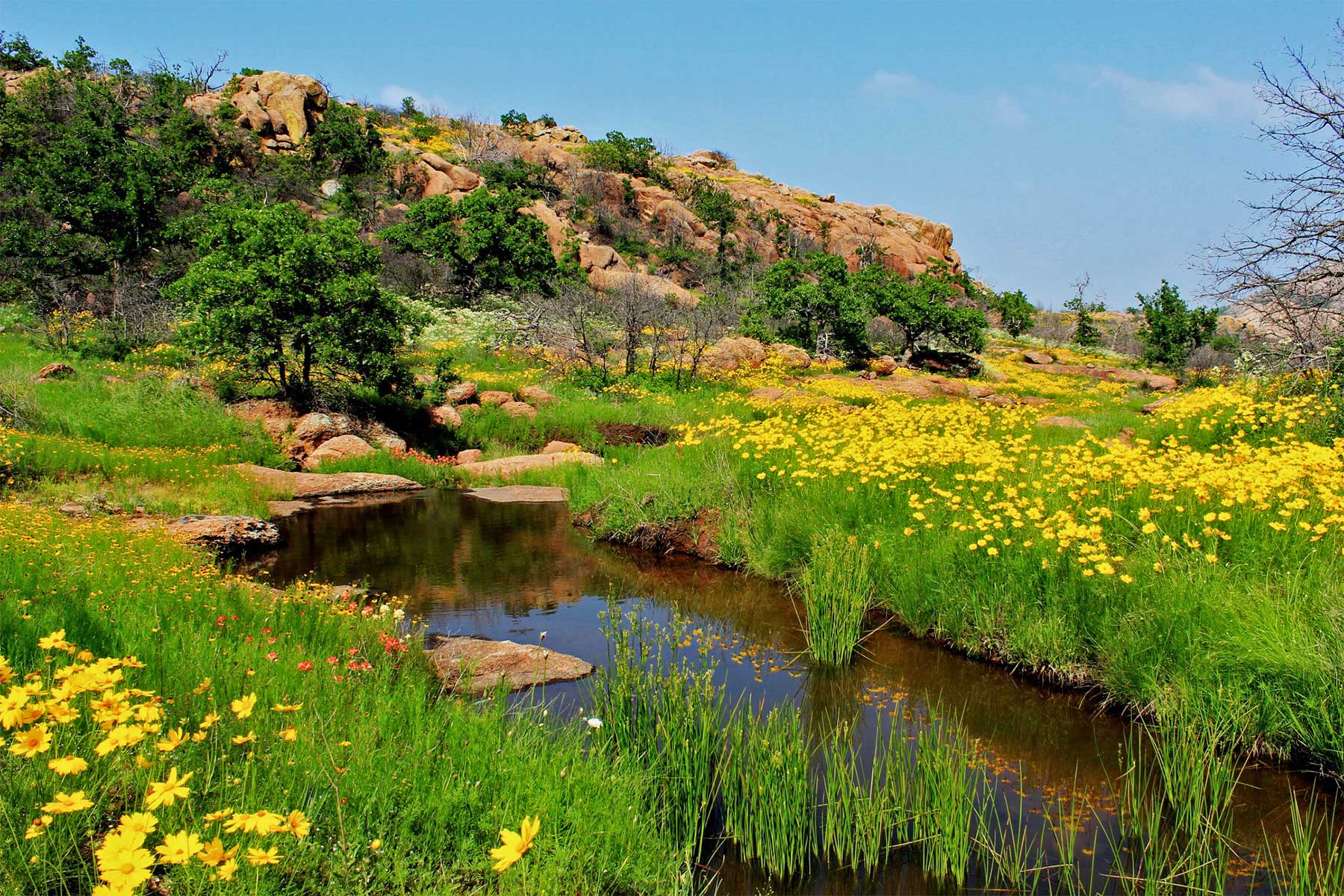
Wildlife
If you enjoy watching wildlife, four of the state’s species dwell here: alligator snapping turtle, Bell’s vireo, the northern scarlet snake and the river otter.
There are 254 bird species to be found on the refuge for at least part of the year. There are also 51 confirmed mammal species in the Deep Fork River basin.
Okmulgee County is a great place to see wildlife as it is home to over 50 species of reptiles and 22 species of amphibians.
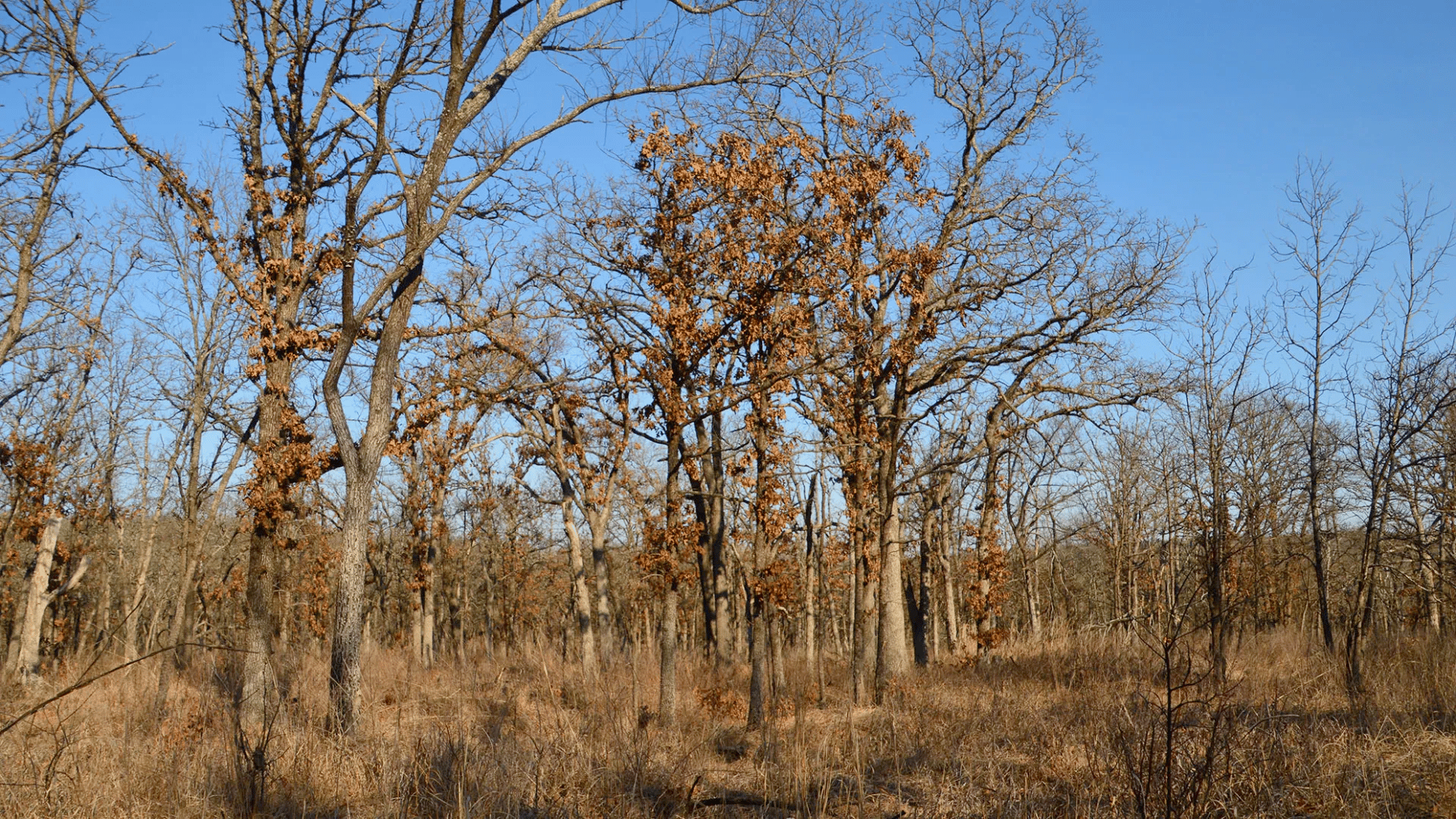
3. John Hope Franklin Reconciliation Park
Among the wonderful collection of Oklahoma National Parks, this one has an important story to tell about our nation’s past.
John Hope Franklin Reconciliation Park is named after the late historian John Hope Franklin.
The park was established in 2010 and is dedicated to promoting racial reconciliation and preserving the history of the Tulsa Race Massacre, which took place in 1921.
The Tulsa Race Massacre was one of the worst incidents of racial violence in American history, and resulted in the deaths of hundreds of African American residents and the destruction of the Greenwood District, also known as “Black Wall Street.”
It was created as a way to commemorate the victims of the massacre and to promote understanding and healing between races.
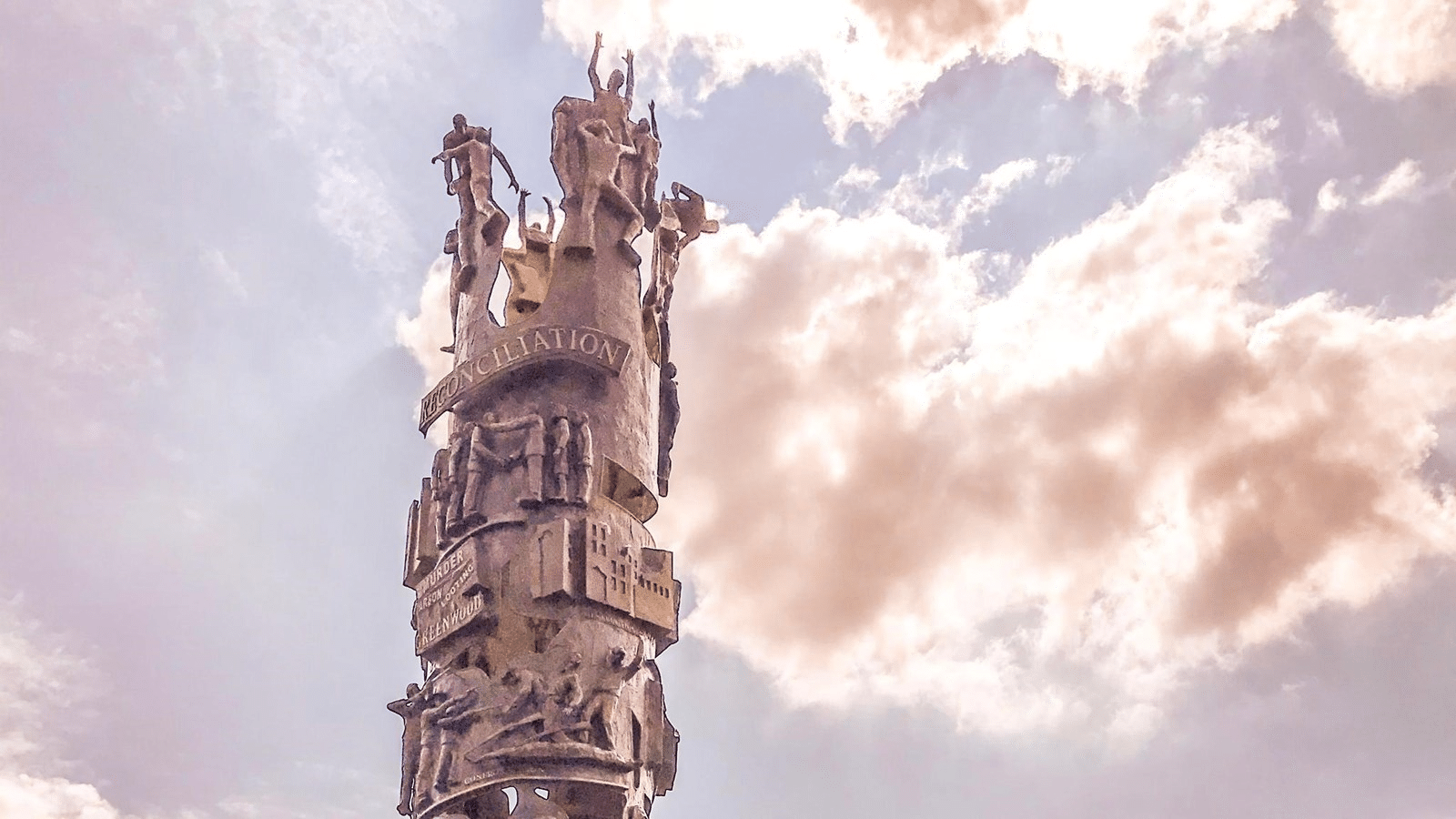
See The Hand Of Friendship
The park features a variety of monuments and exhibits, including a Memorial Wall with the names of the victims, a bronze sculpture depicting the “hand of friendship” reaching across racial divides, and a series of interpretive signs that tell the story of the massacre and its impact on the city and its residents.
The park also includes a memorial garden, a small amphitheater, and a reflecting pool.
In addition to preserving the history of the Tulsa Race Massacre, John Hope Franklin Reconciliation Park serves as a symbol of hope and a space for reflection and education, and serves as a model for other cities working to promote racial reconciliation and heal the wounds of the past.

CHECK OUT: 20 BEST Black History Sites In America For You To Visit
4. Oklahoma City National Memorial
The Oklahoma City Memorial is dedicated to the victims of the Oklahoma City bombing that occurred on April 19, 1995. The bombing, which was carried out by domestic terrorists Timothy McVeigh and Terry Nichols, resulted in the deaths of 168 people, including 19 children.
Following the bombing, the community of Oklahoma City came together to create a lasting tribute to the victims and their families. The Oklahoma City National Memorial was dedicated on April 19, 2000, the fifth anniversary of the bombing.
The Oklahoma City Memorial serves as a powerful reminder of the devastating impact of terrorism on communities and the importance of coming together in the face of tragedy. It has become a symbol of hope and resilience for the city of Oklahoma City and for the nation as a whole.

The Memorial Features Several Elements
The memorial is located on the site of the Alfred P. Murrah Federal Building, which was destroyed in the bombing. It features several elements, including:
- The Outdoor Symbolic Memorial: The memorial includes a reflecting pool and chairs that are arranged in nine rows, representing the nine floors of the building. Each row has 168 chairs, one for each person who died in the bombing.
- The Gates of Time: The memorial includes two large gates, the East Gate and the West Gate, which mark the time before and after the bombing. The East Gate is inscribed with 9:01, the time before the bombing, and the West Gate is inscribed with 9:03, the time after the bombing.
- The Survivor Tree: A lone survivor tree that was damaged but not destroyed in the bombing, and it has been nurtured back to health and serves as a symbol of resilience and hope.
- The Memorial Museum: The museum is located in the former Journal Record Building adjacent to the Memorial. The museum tells the story of the bombing and its aftermath through interactive exhibits, artifacts, and personal accounts of those who were affected by the tragedy.
- The Rescuers’ Orchard: The orchard is located near the Memorial and serves as a tribute to the rescue workers who worked tirelessly at the bombing site.
- The Children’s Area: The Children’s Area is located near the Memorial and is designed to help children understand the tragic events of the bombing and the importance of peace and tolerance.
The Oklahoma City National Memorial is open year-round, and admission is free. The Memorial and Museum are also available for guided tours.
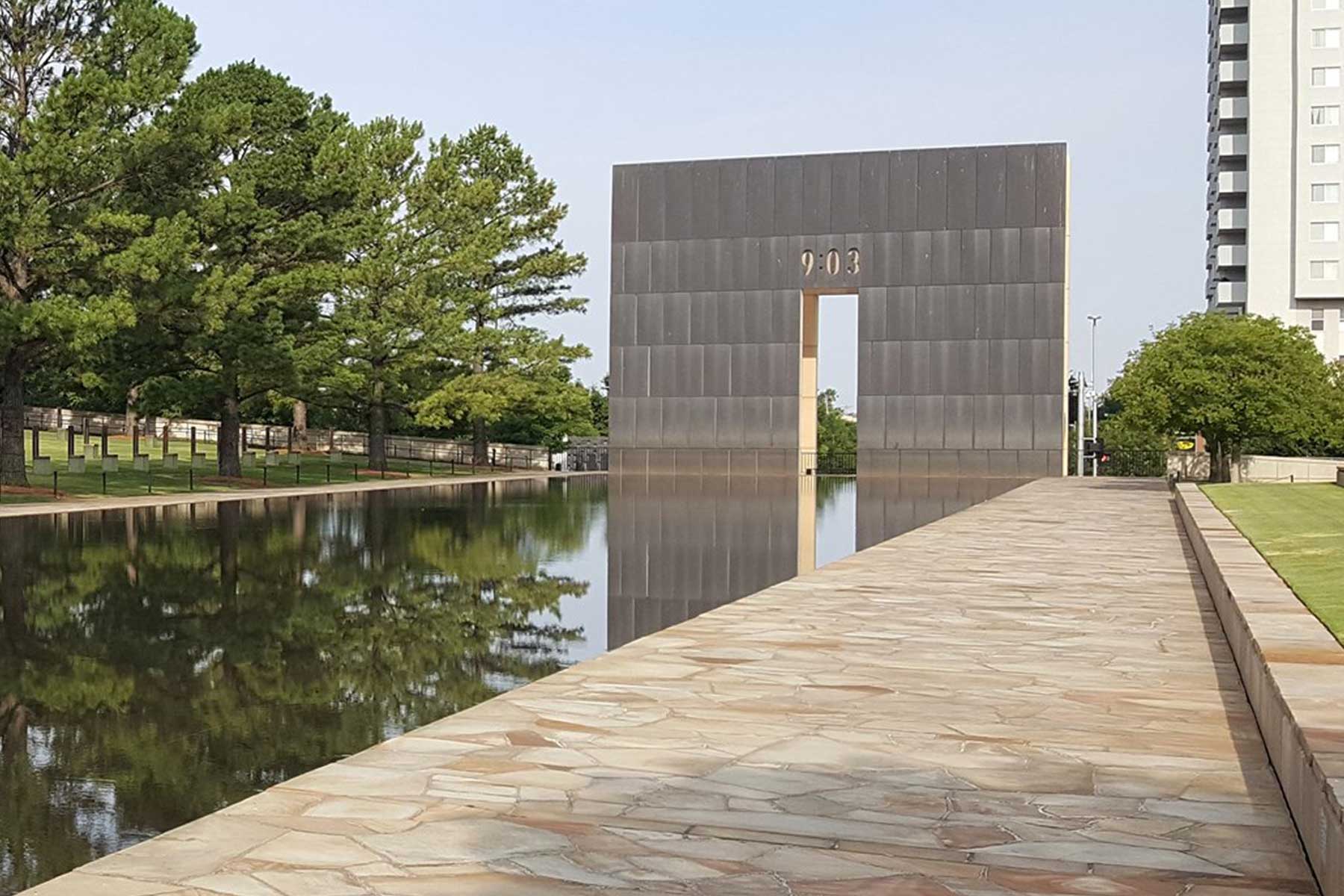
The Museum
Visitors are encouraged to check out the Memorial Museum. It’s an interactive learning experience.
It takes visitors on self-guided tours through the story of those who were killed, those who survived and those whose lives were changed forever.
The Museum includes 35 interactive exhibits as well as hundreds of hours of video and artifacts to show visitors each personal detail. Admission fees help to maintain the Memorial.
More Oklahoma National Parks
5. Santa Fe National Historic Trail
The Oklahoma National Parks includes one which played an important role in the Westward Migration.
The Santa Fe Trail was a 19th century trade route that connected Missouri to Santa Fe, New Mexico. It was first used by traders in 1821 and was officially opened by the Mexican government in 1825.
It was also used primarily for the trade of goods such as textiles, tools, and whiskey for Mexican silver and gold, and later on for gold and silver mined in California.
And, perhaps most importantly, the trail was used by settlers moving west, and by the U.S. military during the Mexican-American War. It was eventually replaced by the railroad in 1880s.
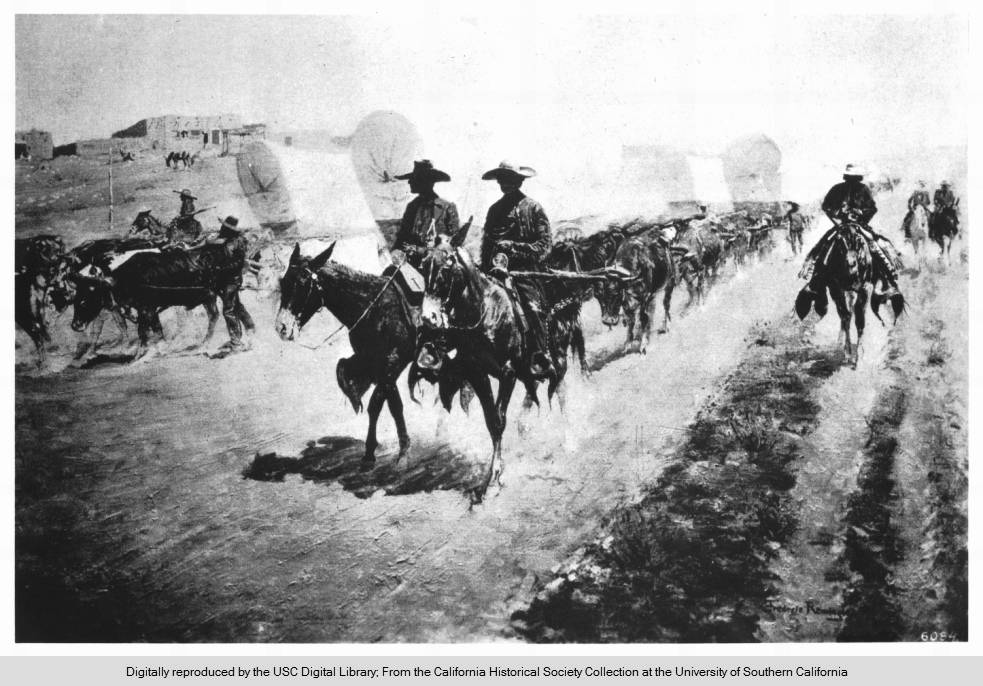
The Routes
There were two major routes. Some used the Mountain Route, which offered more dependable water, but required an arduous trip over Raton Pass.
Others took the Cimarron Route. It was shorter and faster, but required knowledge of where the route’s scarce water supplies were located. It you ran out of water then you weren’t likely to survive the journey.
Now here’s an interesting fact. During the Mexican-American War, the U.S. Army actually followed the Santa Fe Trail westward to successfully invade Mexico. The Treaty of Guadalupe Hidalgo ended this war in 1848.
Afterward, the Santa Fe Trail became a national road connecting the more settled parts of the United States to the new southwest territories.
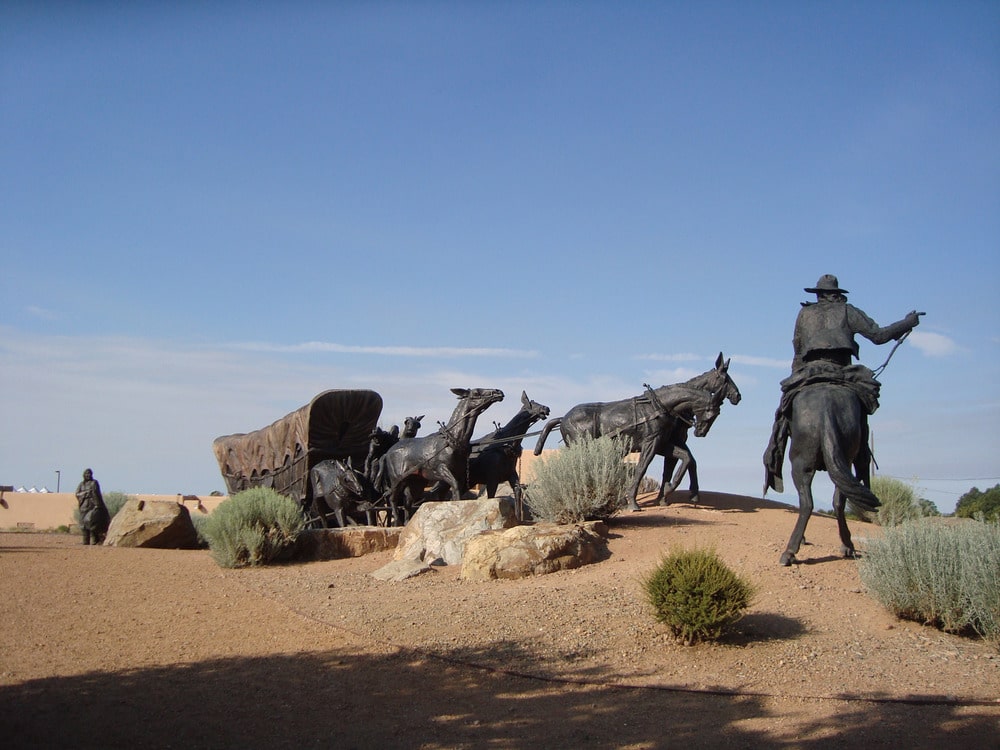
CHECK OUT: 10 MUST-SEE Historic Sites In New Mexico
The Santa Fe Trail Today
Today the Santa Fe National Historic Trail extends between western Missouri to Santa Fe, New Mexico. Along the way, there are museums, historic sites, landmarks, and original trail segments located all along the length of this historic trail.
There’s a wonderful book filled with amazing stories about life on the legendary Santa Fe Trail. Written by David Dary, it’s titledThe Santa Fe Trail: Its History, Legends, and LoreThe Santa Fe Trail: Its History, Legends, and Lore.
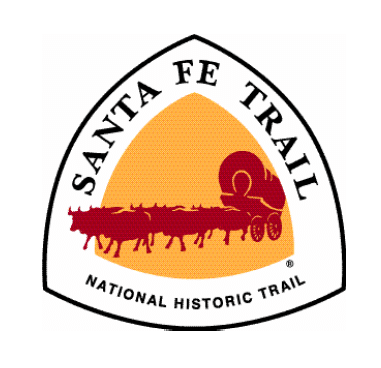
RELATED: 45 Best National Parks Books (Great Gifts For Park Lovers)
Highlights
If you’re planning a trip then I would recommend that you definitely see the following five sights:
Rabbit Ears Mountain served as a vital landmark for Santa Fe Trail travelers on the Cimarron Route.
Santa Clara Cemetery was a landmark for covered wagon trains and traders going up and down the Santa Fe Trail. It’s now the Wagon Mound National Historic Landmark.
Starvation Peak is a butte that sits at over 7,000 feet, located along Interstate 25 between the town of Pecos and Las Vegas.
Raton Pass which was one of the segments of the Mountain Branch of the Santa Fe Trail. It cut through the snow-capped Sangre de Cristo Mountains, allowing wagons access to the vast western territory.
Santa Fe Spring which was an important water source for Santa Fe Trail travelers heading West.
You may want to do some research before you go, however, as there are other amazing historical and natural sites that you may find to be of particular interest to you.
6. Trail Of Tears National Historic Trail
As a former history teacher, I believe no study of American history is complete without an understanding of the Trail of Tears. This history lesson begins in 1830. It was in that year that Congress passed the Indian Removal Act.
This infamous piece of legislation forced various Native American tribes to relinquish their lands in exchange for federal territory.
Most of the major tribes – the Choctaws, Muscogee Creeks, Seminoles, and Chickasaws – agreed to be relocated to Indian Territory (in present-day Oklahoma).
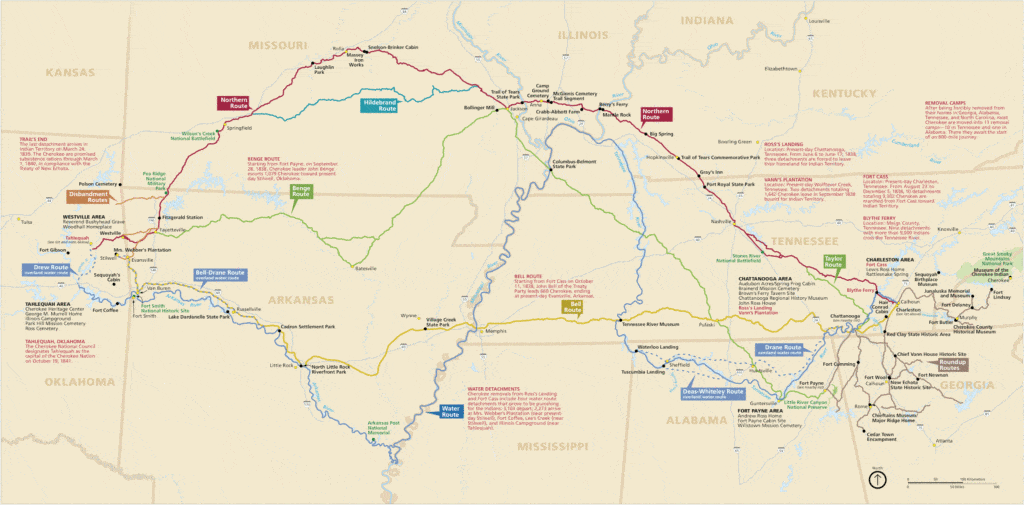
The Trail Of Tears
As the National Park Service reports, “U.S. Army troops, along with various state militia, moved into the tribe’s homelands and forcibly evicted more than 16,000 Cherokee Indian people from their homelands in Tennessee, Alabama, North Carolina, and Georgia.”
“The impact of the resulting Cherokee “Trail of Tears” was devastating. More than a thousand Cherokee – particularly the old, the young, and the infirm – died during their trip west, hundreds more deserted from the detachments, and an unknown number – perhaps several thousand – perished from the consequences of the forced migration.
The tragic relocation was completed by the end of March 1839, and resettlement of tribal members in Oklahoma began soon afterward.” (Source: National Park Service)
If you’re interested in taking a deeper dive then I recommend: Trail of Tears: The Rise and Fall of the Cherokee Nation by John Ehle.
The Trail Of Tears Today
This incredible trail stretches 5,043 miles across nine states. You can follow the trail on foot, by vehicle, over water, by bicycle or by horse. Along the way, you will see sacred sites which tell the story of death and suffering as well as survival.
While in Oklahoma, check out the Cherokee Heritage Center. It’s on 44 heavily wooded acres in the Oklahoma foothills of the Ozark Mountains. The Center honors the rich Cherokee history and culture. It includes a fascinating exhibit on the Trail of Tears among other informative displays.
7. Washita Battlefield National Historic Site
On November 27, 1868, Lt. Colonel George Armstrong Custer led his famed 7th US Cavalry on a surprise dawn attack on a Cheyenne village. In his military dispatches, Custer referred to it as the Battle of Washita.
The strike was hailed by the military as a significant victory aimed at reducing Indian raids on frontier settlements as it forced the Cheyenne back to the reservation set aside for them.
For a long time it was seen as a glorious victory for Lt. Col. George Armstrong Custer against Chief Black Kettle of the Cheyenne Nation. Instead of winning against Cheyenne soldiers, however, Custer and his troops reportedly massacred more than a hundred people, including Chief Black Kettle and his wife.
From the numbers of women and children who were senselessly slaughtered at the site, it has since been determined to have been not a battle, but a massacre.
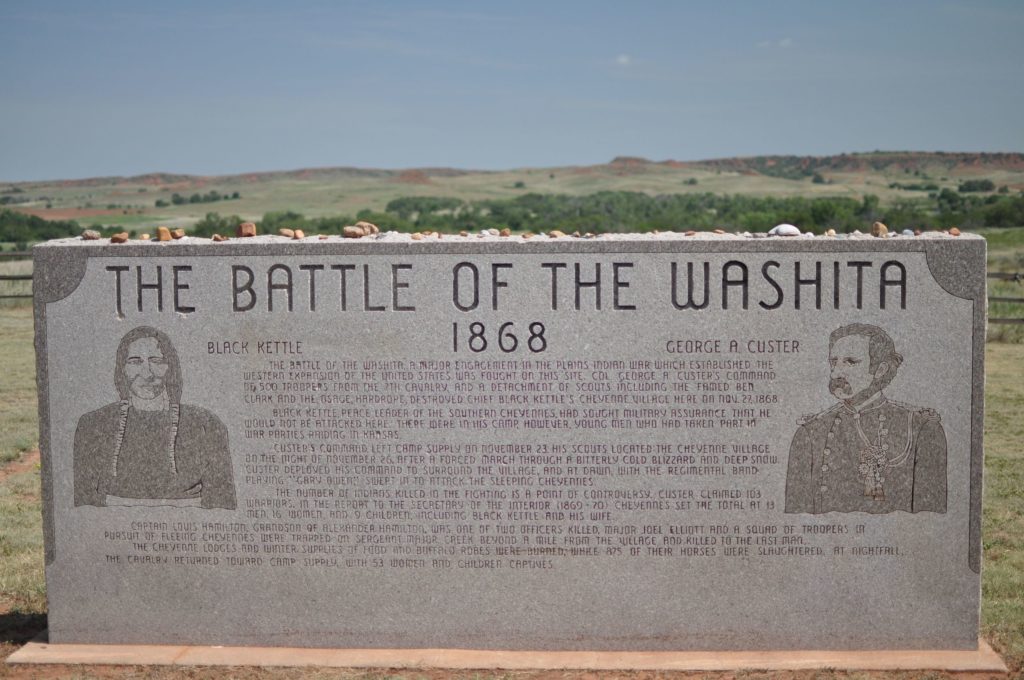
A fascinating book on this topic is: The Battle of the Washita: The Sheridan-Custer Indian Campaign of 1867-69 by Stanley Hoig.
The Dust & Fire Trail
Visitors can learn about this time in history at the Washita Battlefield National Historic Site in Roger Mills County. There is a one and a half mile trail which is self guided with many brochure stops along the way.
There’s also a shorter Dust & Fire Trail. While walking it, you can learn about life on the prairie. Visitors can also explore flora, fauna, a dugout house, and a working windmill.
If you’ve never been there before then I would highly recommend starting your visit at the visitor center. It provides interactive and educational experiences including a 27-minute park film called Destiny at Dawn.
The film describes the engagement which happened on the site and the events leading up to it. There’s also a museum providing views of the Washita River Valley, which includes the Western National Parks Association Bookstore.
Check Out Our Grand Teton Film
More Than Just Parks is the ONLY place you can go to find expert guides, beautiful photos, helpful tips, breathtaking films and so much more.
GRAND TETON 8K is the culmination of nearly a month spent filming in the spectacular Jackson Hole Valley and the foothills of the Teton Mountain Range. Encompassing nearly 500 square miles, Grand Teton National Park boasts an awe-inspiring array of pristine wilderness, glacial lakes, winding rivers, diverse wildlife, and the magnificent Teton Range.
Journey with More Than Just Parks as we explore a land dominated by towering peaks, apex predators, and majestic beauty. This is Grand Teton. Filmed primarily in stunning UHD 8K.
To make this film happen we spent nearly a month in Grand Teton National Park during June & July. Of all the films we’ve shot this one features the most wildlife. We captured bison, elk, moose, bears, foxes, beavers, and more.
Grand Teton is situated just South of Yellowstone and while it still sees a significant amount of visitors each year it is far less than its northern counterpart. As one of the most stunning mountain ranges in the world Grand Teton is in a class of its own.
Wild & Scenic Rivers, abundant wildlife, jaw-dropping vistas, and high-alpine beauty comprise this western wonderland.
Oklahoma National Parks FAQ
No, Oklahoma does not currently have a national park. It does have 7 national park sites however.
Oklahoma is known for its cowboy culture, Native American history, and beautiful nature. From its iodine production to its oil and gas industry, there is much to learn about the state.
The must-see historic sites in Oklahoma are the following:
Oklahoma City National Memorial
Santa Fe National Historic Trail
Washita Battlefield National Historic Site
Guthrie Historic District
Spiro Mounds Archaeological Center
Chisholm Trail Museum
Honey Springs Battlefield State Park
USS Batfish
Cherokee Heritage Center
Fort Gibson Historic Site
Sequoyah’s Cabin
A.J. Seay Mansion
Cherokee Heritage Center
George M. Murrell Home
Price Tower
Why Trust Us About Oklahoma National Parks?
We’re Jim Pattiz and Will Pattiz, collectively known as the Pattiz Brothers (and sometimes the Parks Brothers) and we absolutely LOVE the national parks.
You should probably know that we don’t just make this stuff up out of thin air. We’ve spent our entire adult lives exploring and filming America’s national parks and public lands.
We’ve worked with the National Park Service, the Department of Interior, USDA, and the U.S. Forest Service for years creating films on important places and issues. Our work has been featured in leading publications all over the world and even some people outside of our immediate family call us experts on the national parks.
Meet The Parks Brothers
List of Oklahoma National Park Sites
- Chickasaw National Recreation Area
- Deep Fork National Wildlife Refuge
- John Hope Franklin Reconciliation Park
- Oklahoma City National Memorial
- Santa Fe National Historic Trail
- Trail Of Tears National Historic Trail
- Washita Battlefield National Historic Site
Map of Oklahoma National Parks
We Hope You’ll Follow Our Journey
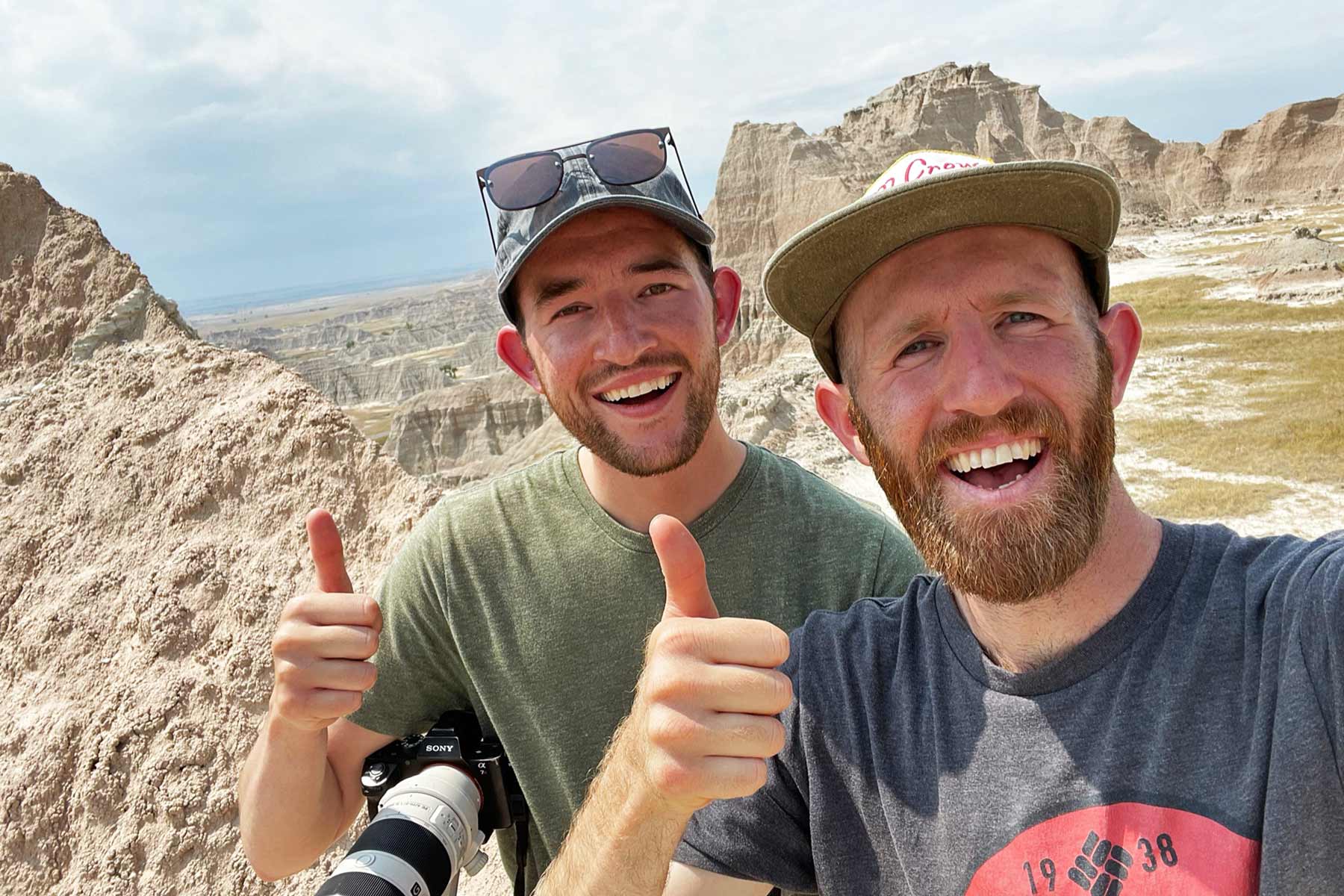
Our goal here at More Than Just Parks is to share the beauty of America’s national parks and public lands through stunning short films in an effort to get Americans and the world to see the true value in land conservation.
We hope you’ll follow our journey through the parks and help us to keep them the incredible places that they are. If you’re interested in joining the adventure then please sign up below!
Check Out Our Comprehensive Guide
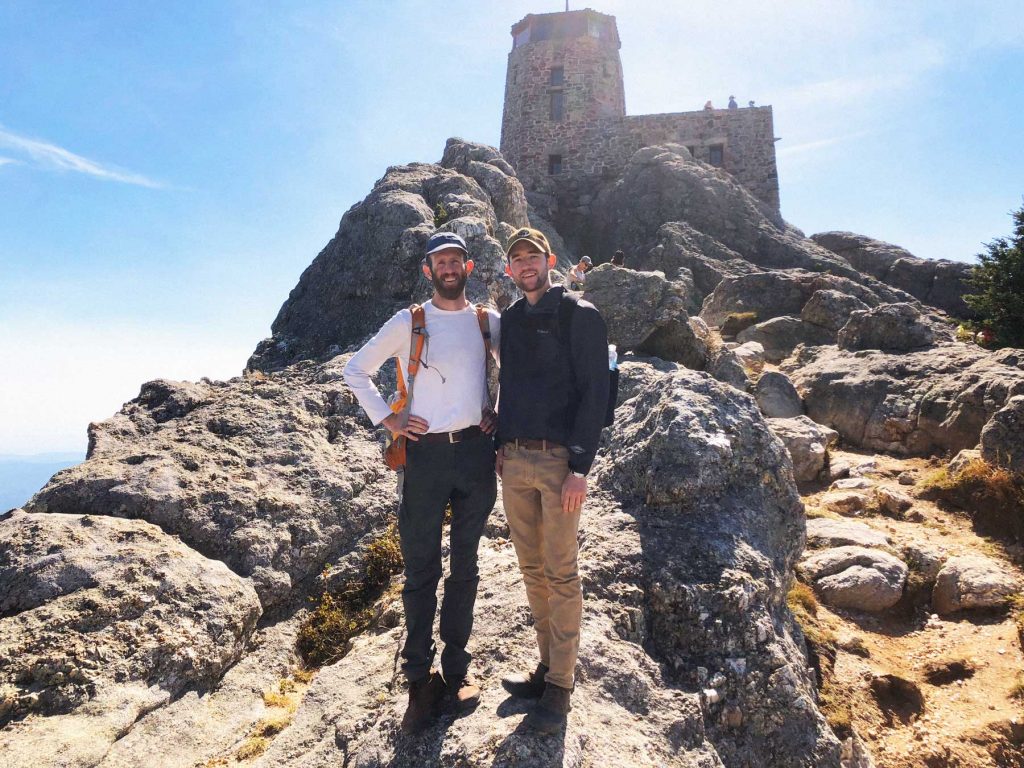
I hope you’ve enjoyed learning about some amazing places to visit in Oklahoma. If you’re interested in learning more about our national parks please check out our comprehensive guide to all 63 of them.
Helpful Articles
National Parks: All 63 National Parks Ranked By Experts
National Monuments: Ultimate List Of National Monuments
Landmarks: 25 Famous Bucket List Landmarks In America (MUST-SEE)
Park Rangers: A Brief (& Informative) History Of America’s National Park Rangers
Gifts: 50 BEST National Park Gifts For The National Park Fan In Your Life
Books: 45 BEST National Parks Books
Revolutionary War Sites: 10 BEST Revolutionary War Sites In America
Civil War Sites: 10 BEST Civil War Sites In America
Civil Rights Sites: 10 BEST Civil Rights Sites In America
National Parks In Movies: Look Familiar? 25+ CLASSIC Movies Filmed In The National Parks
Television Shows: Look Familiar? 10+ CLASSIC Television Shows Filmed In The National Parks





Leave a Reply